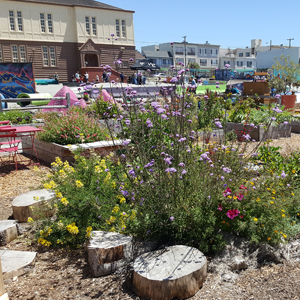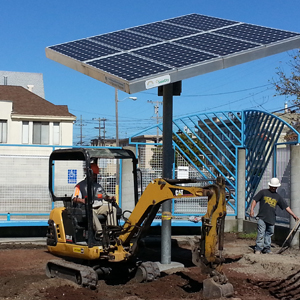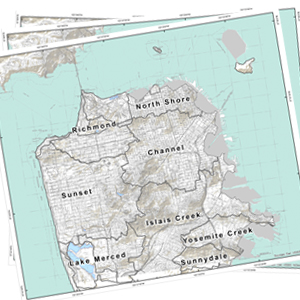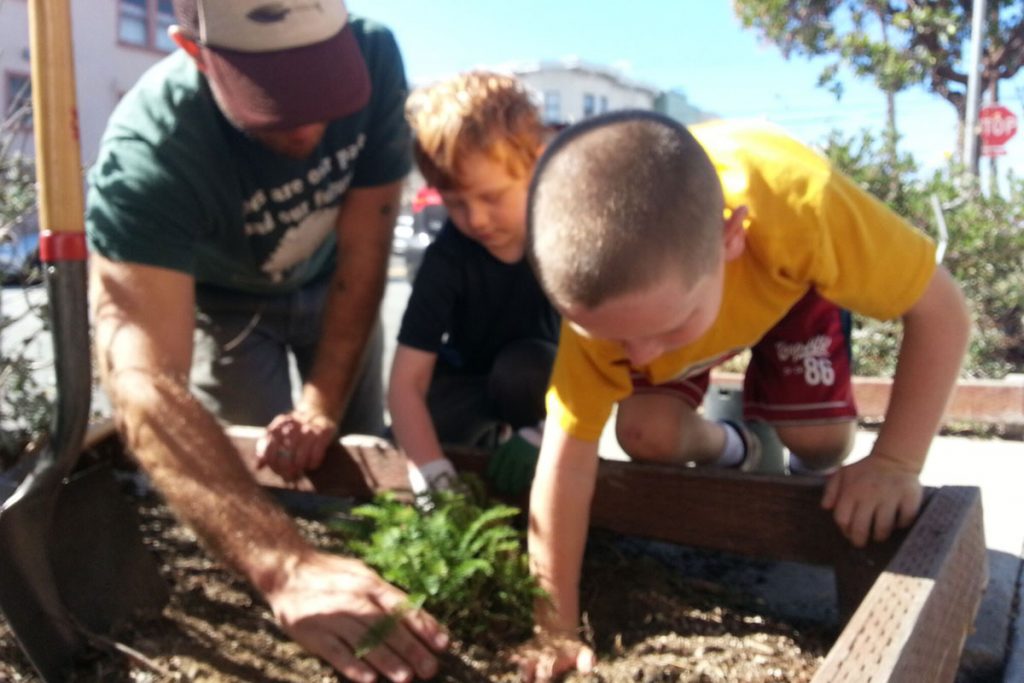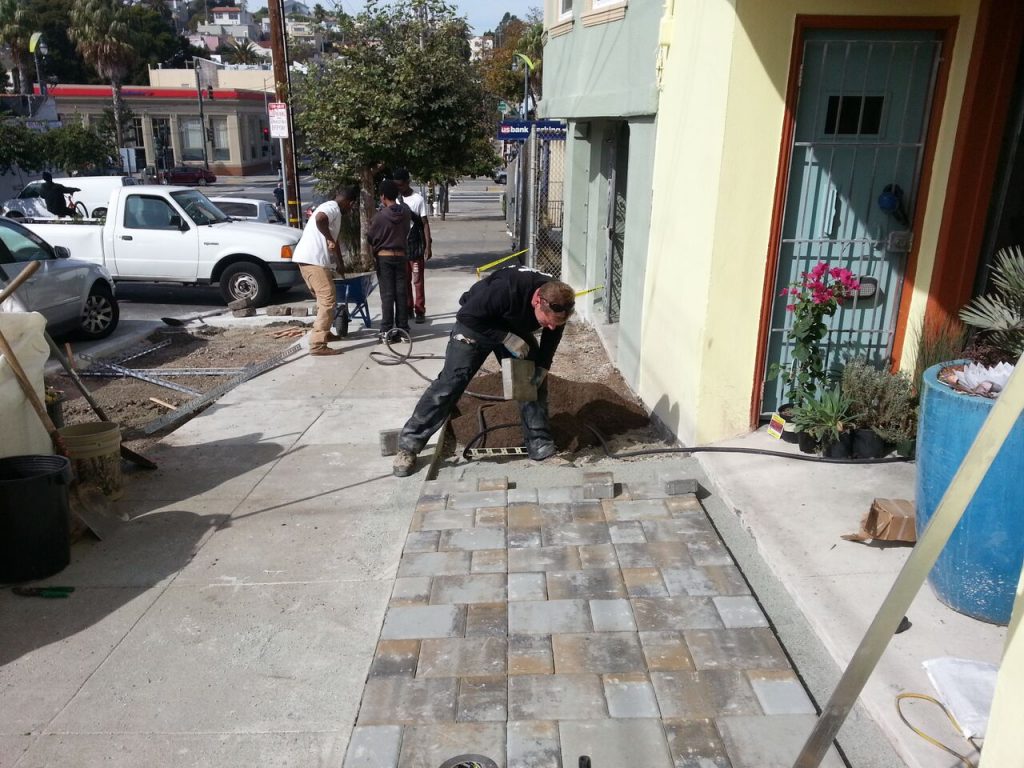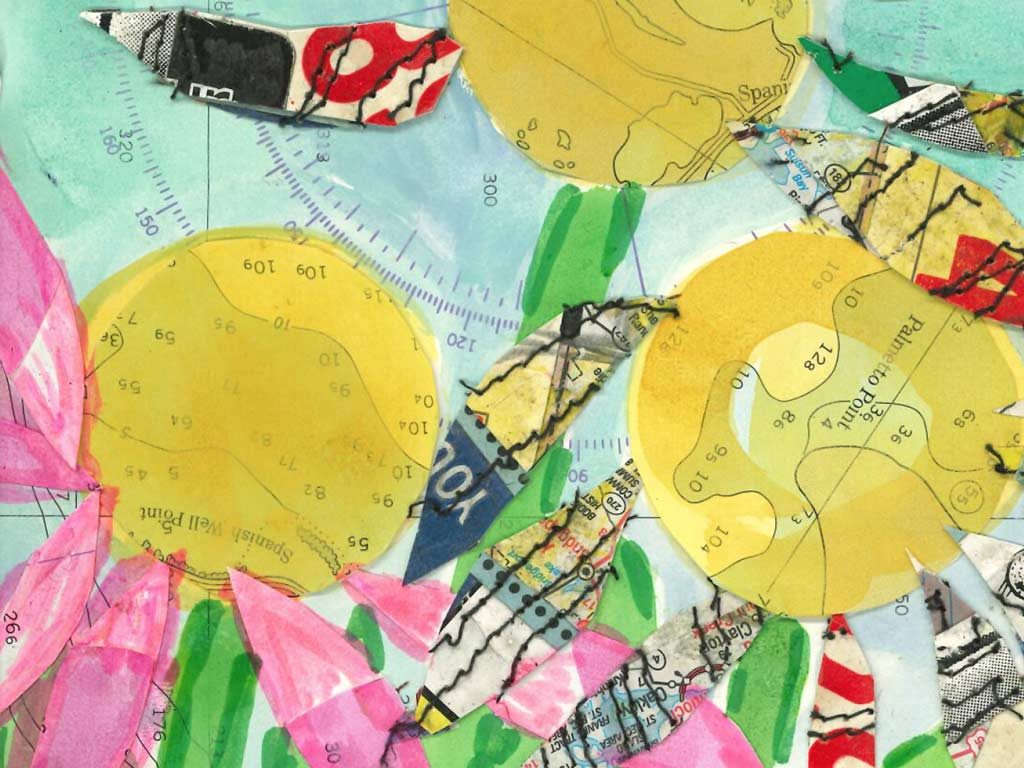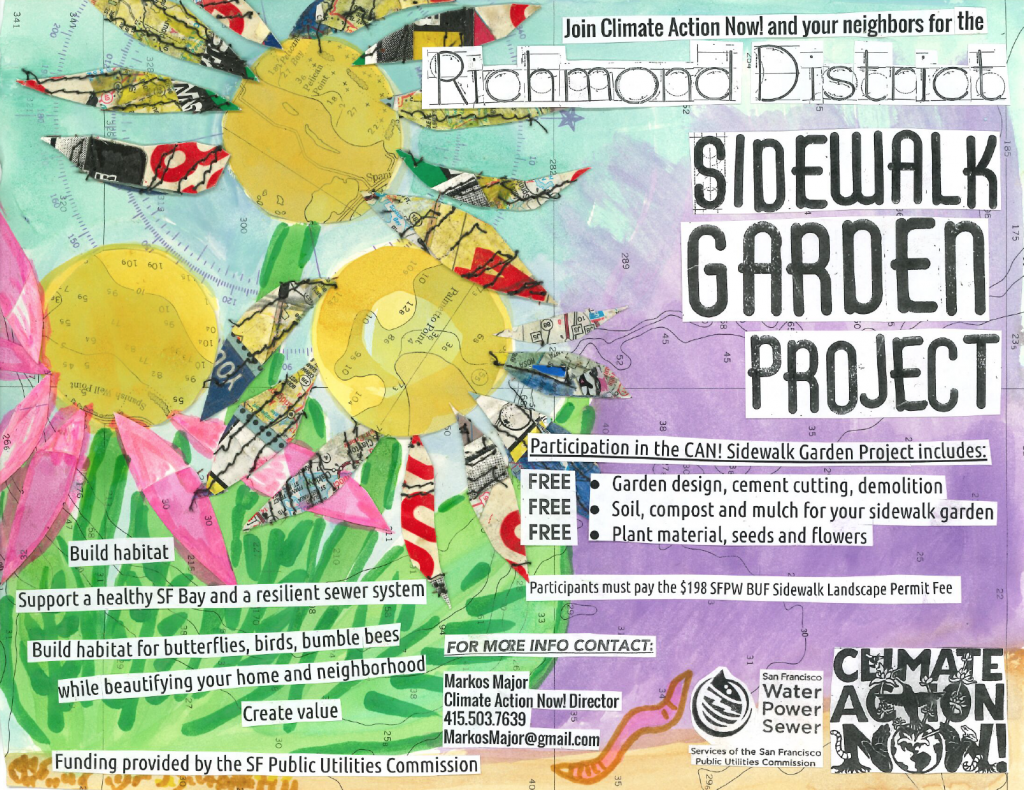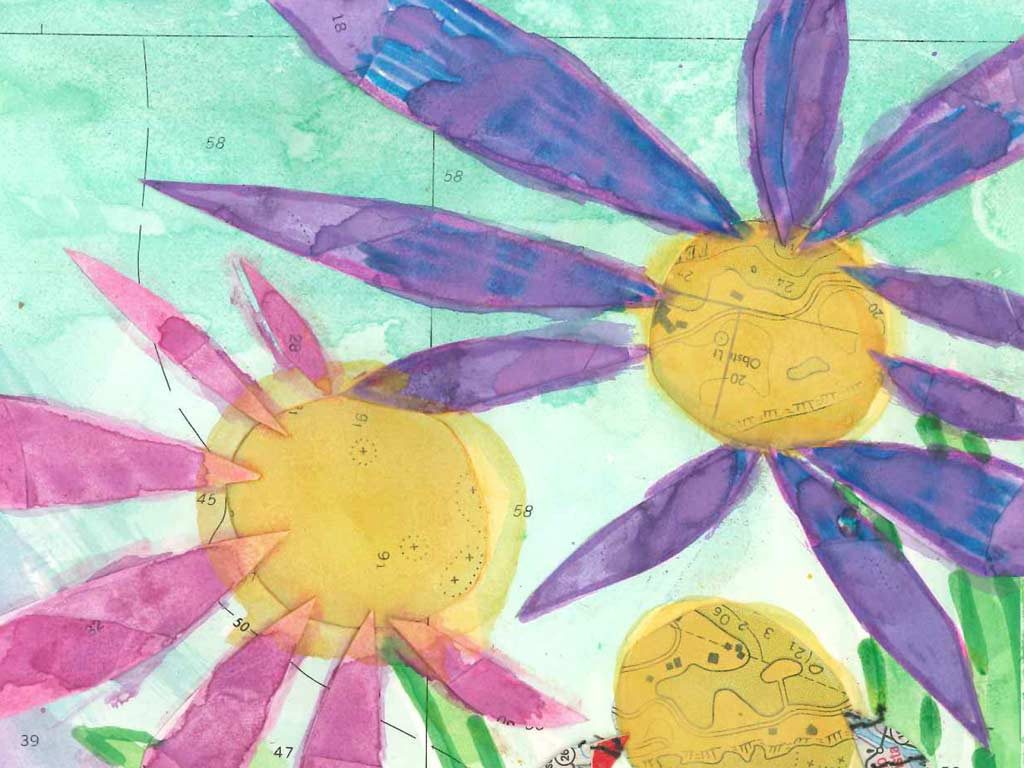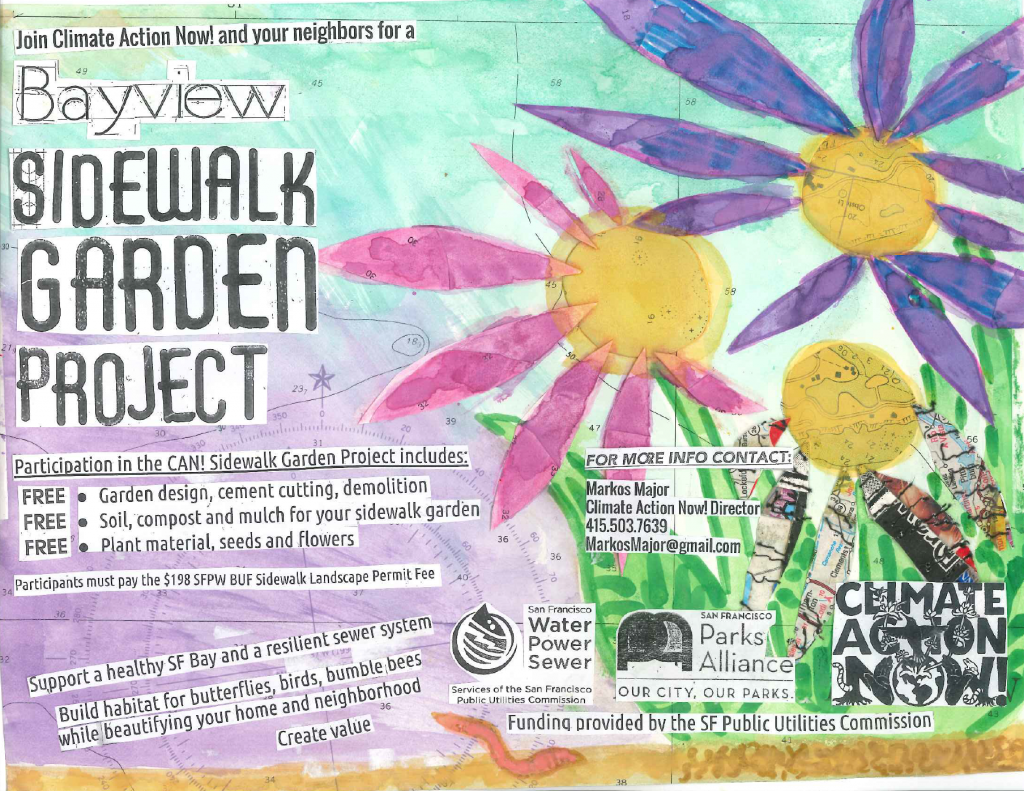
California native plants are adapted to the dry summers, hot autumn and wet winters that California provides. Mediterranean climates (like California) generally receive precipitation only in the winter months. But with less and less precipitation in winter, the need for cultivation of California native plants has never been more critical.
Although many people (even skilled gardeners) appreciate exotic plants over California natives, we’re working hard to ensure that all CAN! partner sites demonstrate the power, beauty and bounty that California native plants provide.
California natives provide familiar fodder sources (pollen and nectar) for native pollinators like bumble bees and hummingbirds. Indeed, flowering plants and pollinators have evolved together, providing services to each other. The native plants give pollinators protein in the form of pollen and pass along carbohydrates in the form of sweet nectar. This relationship is profound, having evolved over millennia.
Ecological gardening (working with native plants) not only provides food for native pollinators, it provides opportunity to educate the public about the importance (and underappreciation) of our local botanical gems.

